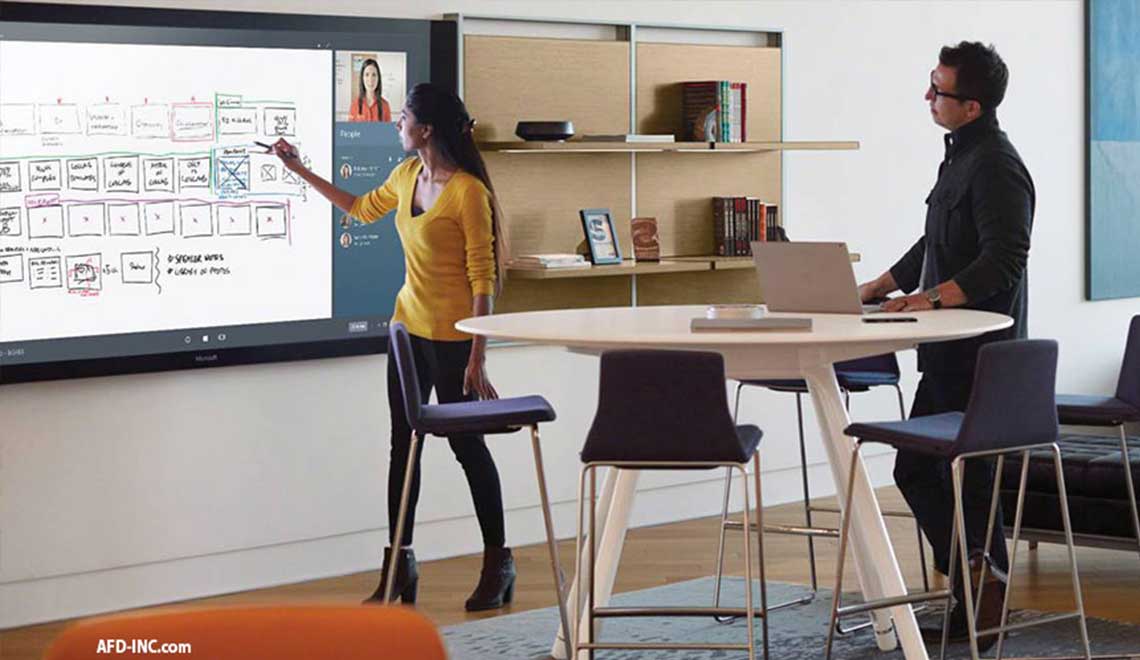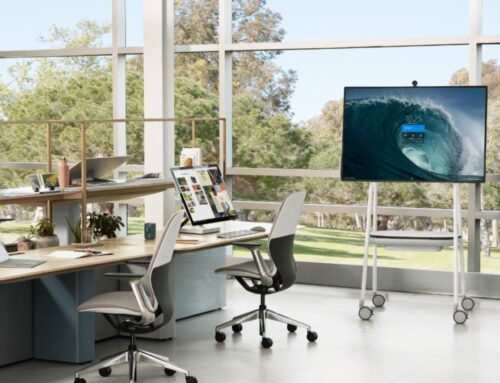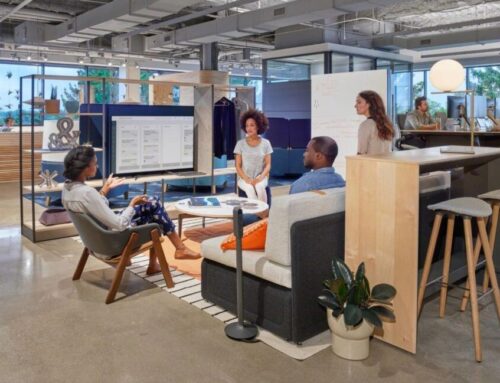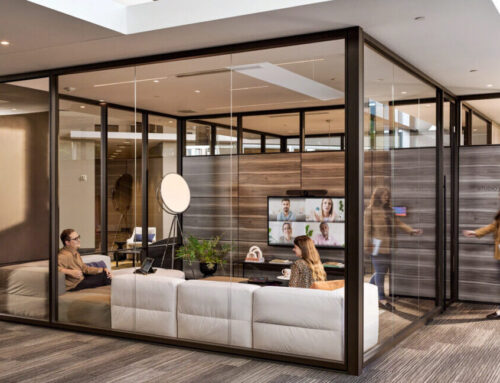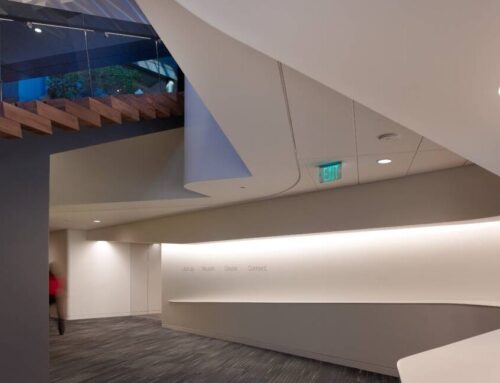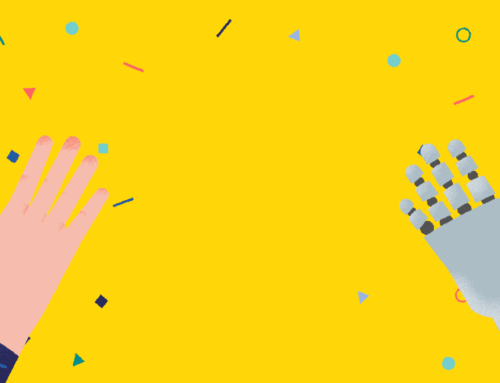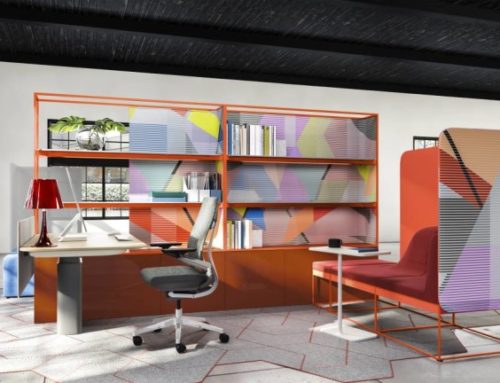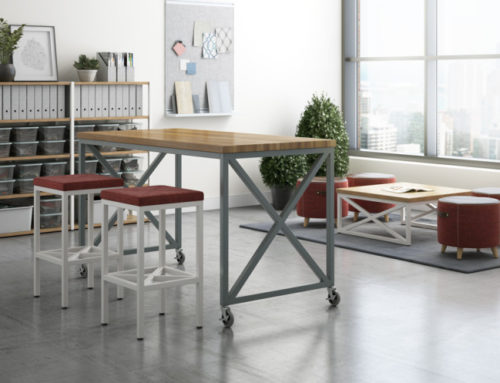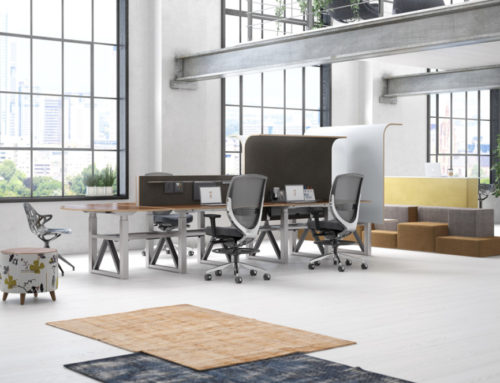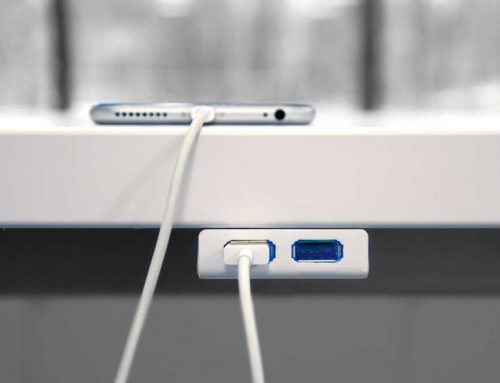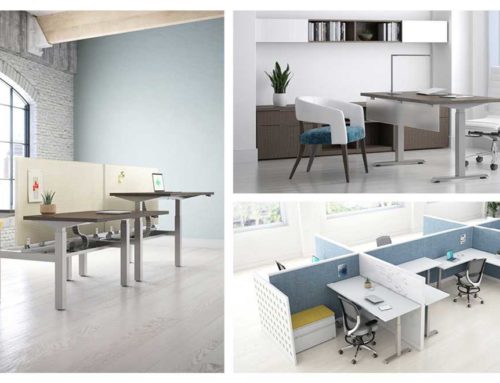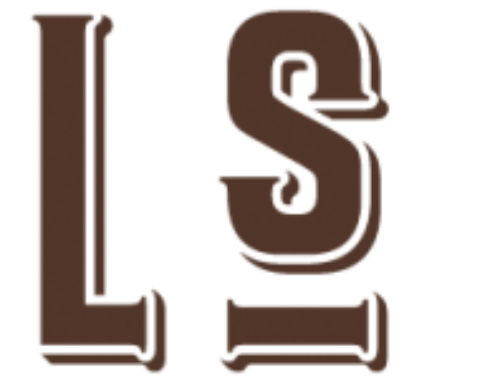Place + Technology Drive Creative Performance
Despite what you may have grown up believing, people are not born creative. People don’t grow up destined for careers as artists or musicians. Research tells us creativity is an iterative process in which anyone can engage, and not restricted to a type of person.
This week, Steelcase and Microsoft announced a new partnership that will help people reach their creative potential at work. Both Steelcase and Microsoft believe we all have the capacity to create. But, joint research* by both companies reveals while people feel more pressure to produce creative work, the conditions for creativity are suboptimal in most workplaces:
| 83% | People who say they are asked to be creative at work either weekly or daily. |
| 72% | Diverse group of workers who say their future success depends on their ability to be creative. |
| 40% | Less than half of workers say they have a culture that encourages creativity. |
| 44% | People who feel like they could be more creative at work if they had a place to work without distractions. |
| 25% | People who think they can be creative in places available for group work. |
Rhythm of Creativity
Work used to be very linear — a process focused on efficiency with repetitive tasks where people could specialize. But, the need for more creative work requires a much different rhythm. While there are a variety of models for the creative process– as early as 1926, when social psychologist Graham Wallas published “The Art of Thought” — researchers have identified common elements. Creativity is the ebb and flow of activities that involves working alone, in large and small groups or in pairs. The process is fluid and ideas evolve as teams iterate in an organic way.
Creativity is an iterative process
Creativity is an iterative process. Work used to be driven by efficiency. The process was intentionally linear and divided into parts in which people could specialize.
But, the problems we face today are so much more complex. They require creative thinking and a very different work process in which people and ideas diverge, converge and iterate.
The Disconnect between Place and Technology
To support this creative process, we need a new set of creative places and technologies. Until now, space and technology in the workplace have often been planned separately by different teams with different objectives. That’s why Steelcase and Microsoft are working together to develop Creative Spaces, an immersive ecosystem that brings together space and technology to help people generate new ideas and move them forward.
This new set of Creative Spaces includes a range places and technologies to enable a creative rhythm. A balanced ecosystem includes technology that is both mobile and integrated into the physical environment as well as spaces designed for individual “me” work and “we” group work.
A Diverse Ecosystem
People need an ecosystem of interrelated places and devices to support the different stages and activities of creative work. A diverse ecosystem includes mobile and integrated technology, as well as spaces designed for individual “me” work and “we” group work.
About AFD
Part of what we deliver is a creative approach to helping our clients design work environments that mix office furniture and technology to create optimal work environments. Our specialist are here to assist you every step of the way from concept through implementation. We of course offer office furniture and technology but we also have design and layout expertise to help you realize your vision. Call us today to arrange a design consult to get the most out your people by making your work space work for you.


